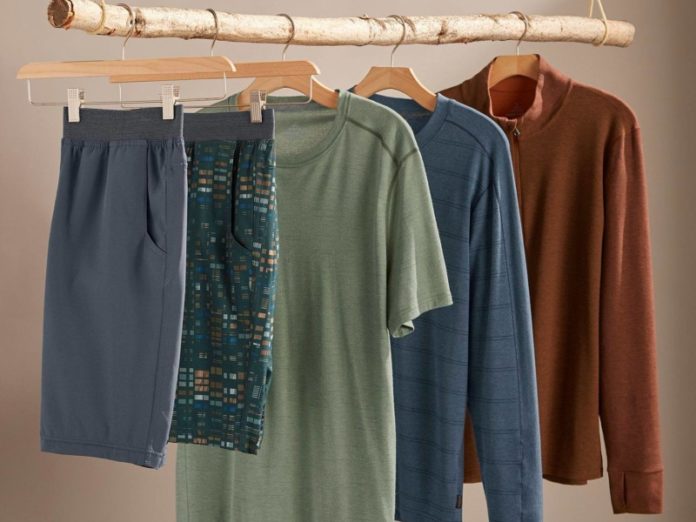
You’re environmentally aware and try to recycle your paper and plastics. Maybe you even take glass to a recycling facility. You properly dispose of medical hazards and batteries. Overall, you’re doing a pretty good job of taking care of the earth.
But maybe there’s more you could be doing! Consider your clothing, towels, coats, rags and other textiles in your home. Do you know how they’re made? What do you do with them when you no longer want them? Unfortunately, we have an environmental crisis involving textile waste!
Textile Production
Most of us buy clothing and other textiles with little to no thought given to how the items are made. Oh, we might look for a “Made in the U.S.A.” label. But beyond that, it’s all the same right? Not so much. Did you know producing a single cotton shirt requires up to 2,700 liters of water? No, that’s not a typo. Cotton is a very thirsty plant, according to the World Resources Institute.
In addition to water consumption during growth of the plant, actually producing and dying apparel and textiles is hard on the environment. Pesticides are used on the raw crops, and approximately 20% of the world’s industrial water pollution is due to garment manufacturing.
Synthetics aren’t necessarily any better. While they certainly use less water, they can harm the environment with emissions of greenhouse gases. In other words, their carbon footprints are huge.
Apparel production is increasing at a faster rate than ever. As billions more across the world join the global middle class, the demand for more clothing will continue to rocket, as will the production.
Another factor in the excessive growth of textile production (and resulting textile waste) is the longevity of clothing. Clothes are no longer made to be durable and worn year after year, but to have much shorter lifespans. Because of this turnover, more clothes are produced.
If left unchecked, the apparel industry will triple in resource consumption by 2050. Understanding how clothing and textiles are made, and the associated waste, could help you make different decisions in what, when and how much you buy.
How Can You Help?
Short of joining a nudist colony or wearing clothes from the 70s, you still have to buy new clothing from time to time. But being conscientious about what you’re buying and how long you’re keeping it can make a difference. Buying higher quality clothing and keeping it beyond a three-month fad reduces the impact on the environment.
There are certainly benefits to holding onto garments longer. But short of not disposing of the clothing as frequently, there are other ways to contribute in the fight against textile waste. Using sites like Fair Trade can provide you the names of companies that are working to be transparent in their manufacturing practices, minimize their impact on the environment and pay a fair wage to the workers who manufacture the clothing.
In addition to choosing the clothing manufacturer carefully, you can also fight the environmental crisis by being purposeful in your own home and life, counterbalancing the resources used to produce your clothes. For example, reduce your personal water usage through
- taking shorter showers
- using water and energy efficient washing machines
- not leaving the faucet running while washing dishes or brushing teeth
Little steps to reduce your water usage can make a big difference. Did you know the average American family wastes more than 8,000 gallons a year just in running water for dishes and teeth brushing?!?! Minimizing the environmental impact in your life can help alleviate some of the crises generated from textile waste to produce the clothes you wear.
Reduce Your Water Waste With Envirobinz
You can also reduce your water waste and environmental pollution by hiring Envirobinz Trash Bin Cleaning Services, a family owned and operated business, to clean your outdoor trash receptacles. Envirobinz’s efficient method uses less water, no chemicals and collets the dirty water for proper disposal. This leaves you a clean and sanitized trash can and the environment a little cleaner and happier.
You can join Envirobinz for a Great American Cleanup event May 1st at the Spring Hill Library. The litter pick up event starts at 8am. The cleanup areas will be chosen at the library, and then volunteers can drive or carpool to the selected areas and pick up litter. The event ends at noon, or whenever you feel finished. The Spring Hill Library is located at 144 Kedron Parkway, Spring Hill, TN 37174
Have a question for Envirobinz Trash Bin Cleaning Services? Fill out the form below:


















